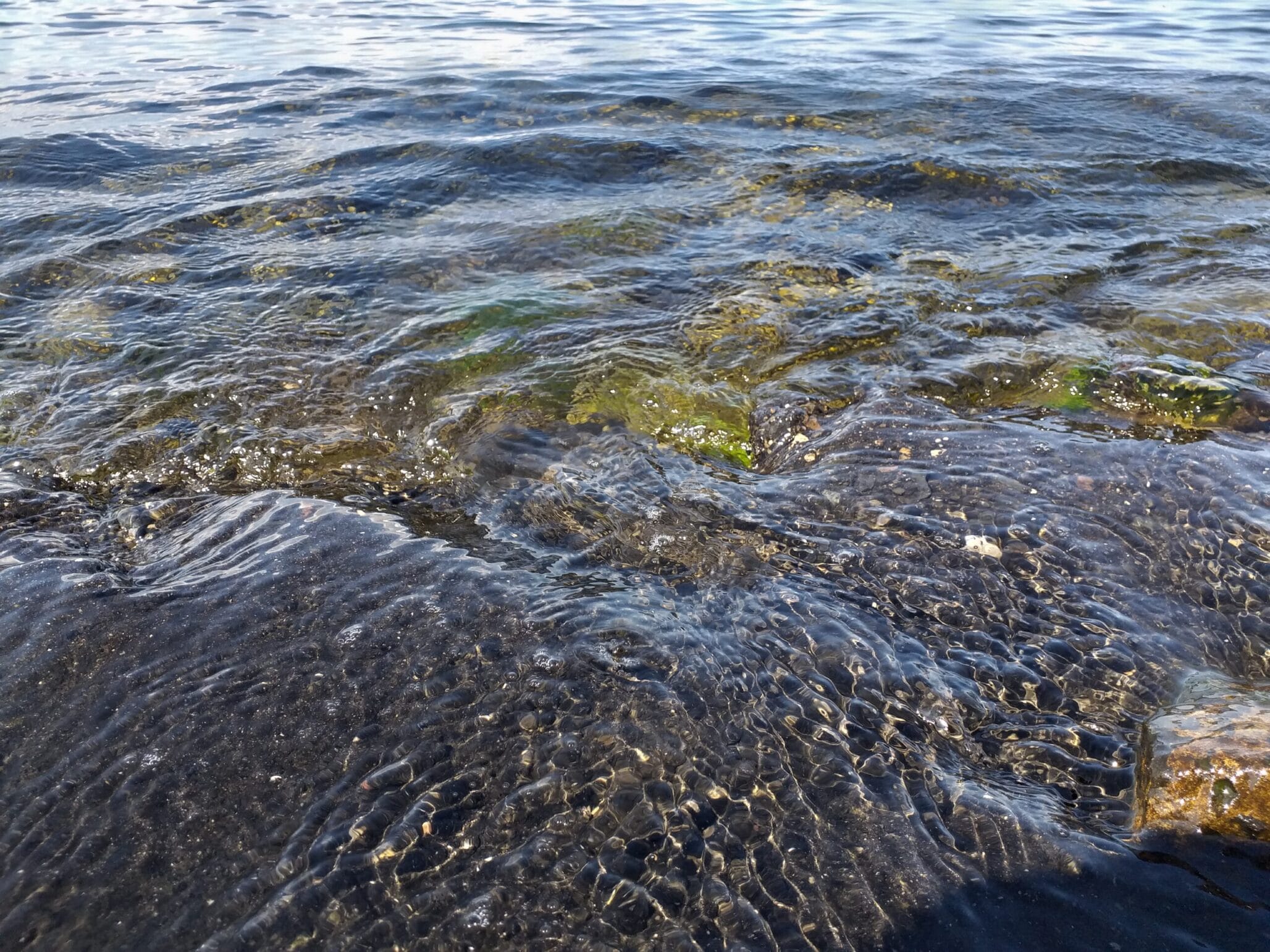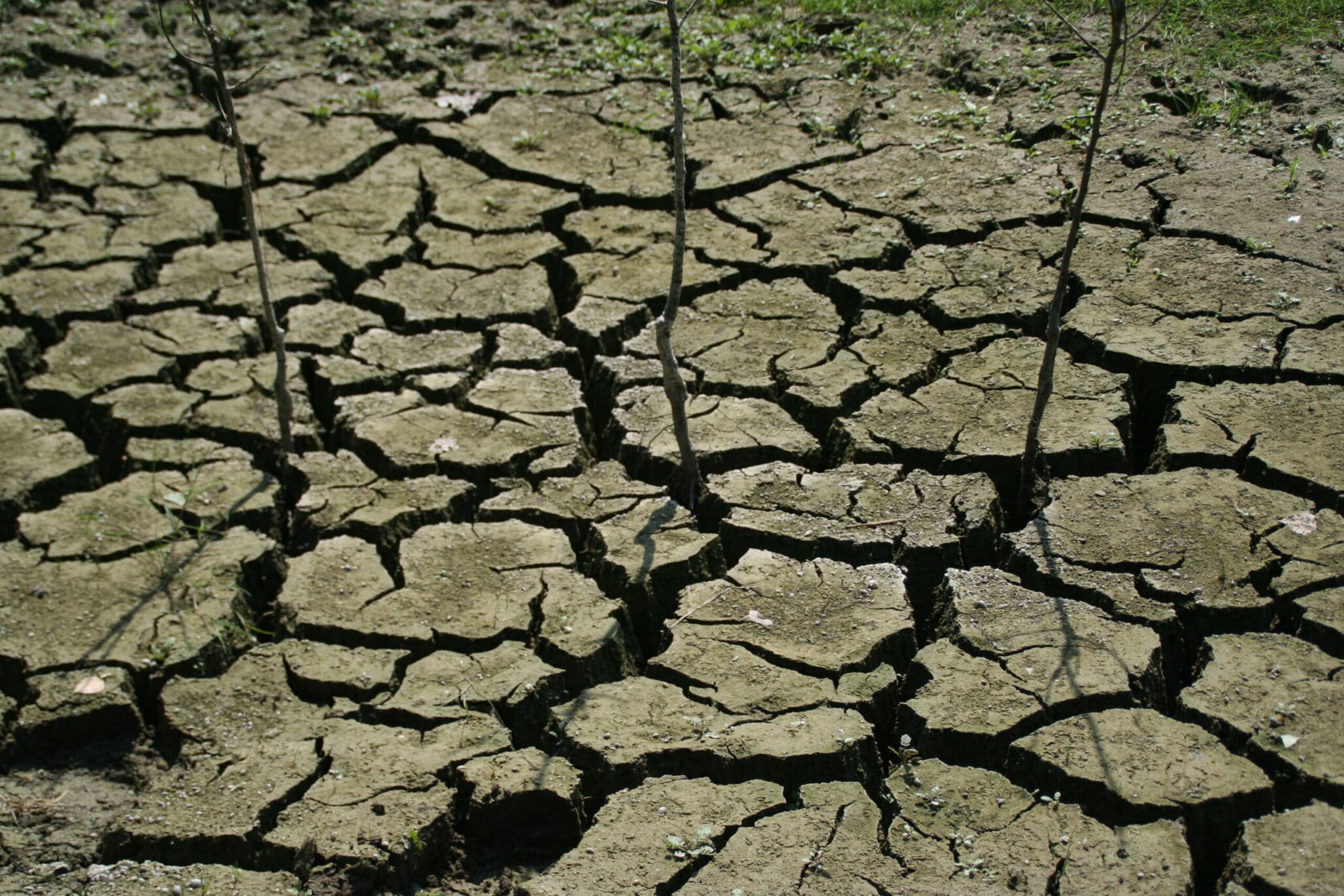In het zuiden van Spanje is het droog en verandert het land langzaam in een dorre woestijn. Oorzaak is de intensieve monocultuur.
Zo telen boeren bijvoorbeeld 5 jaar sla op eenzelfde perceel (wat zeer veel water vraagt), totdat het land is opgedroogd en uitgeput. Vervolgens herhaalt men dit op andere percelen.
Nieuwe landbouwtechnieken
Een aantal mensen, waaronder een Nederlandse, passen er nieuwe technieken toe. En dat werkt! De woestijn wordt een halt toegeroepen door slimmer water te bergen, op te vangen en beter samen te werken met de natuur.
Zie onderstaand filmpje:


